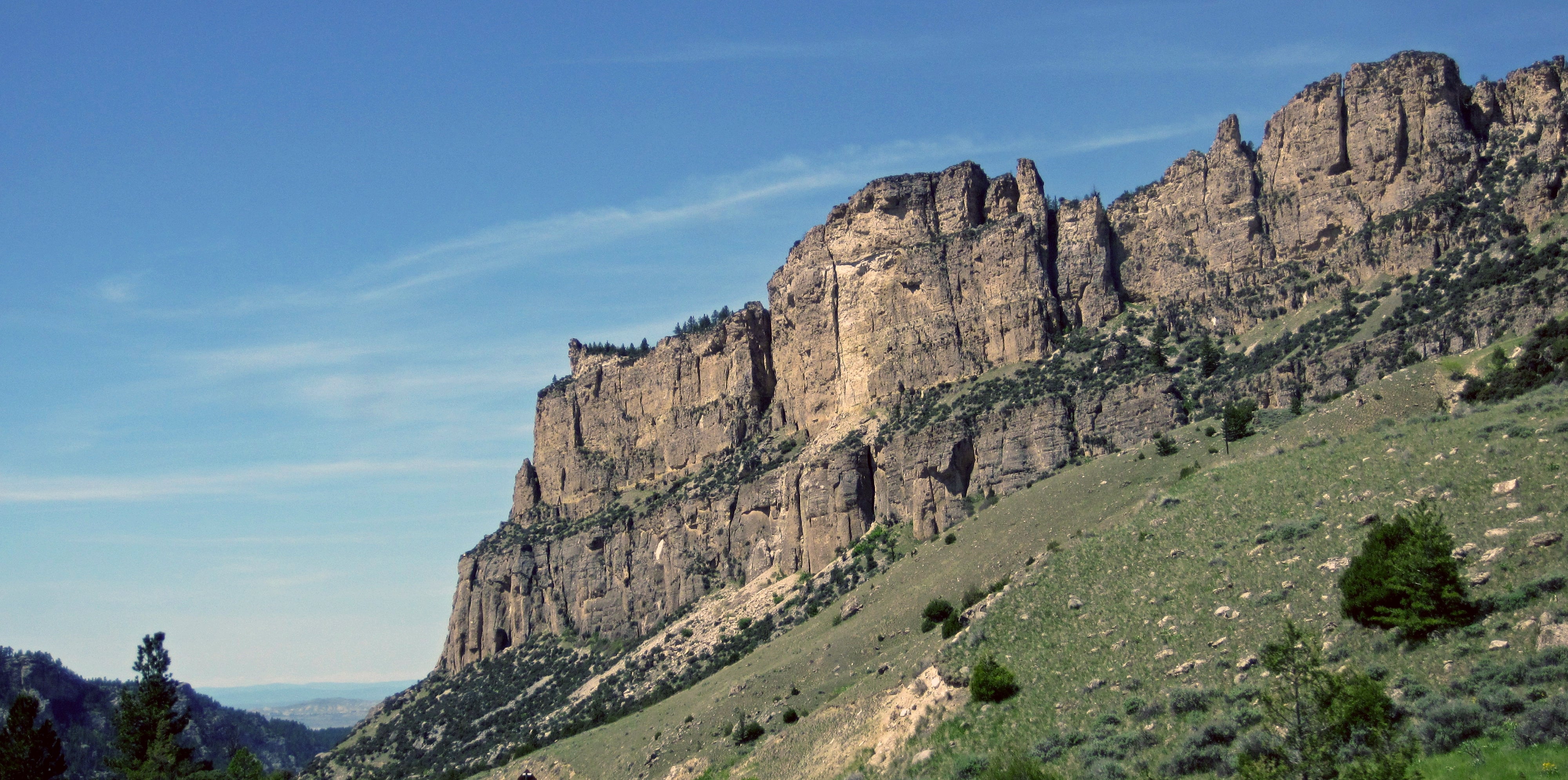Ten Sleep Climbing Festival Writing Competition: Room to Grow

"James St. John/Flickr; CC BY 2.0" (Photo: <a class='o-credit__link' href='https://www.flickr.com/photos/jsjgeology/'>James St. John/Flickr; CC BY 2.0</a>)
The volunteer signup window was 8–9 a.m. My dashboard clock read 8:57, and I was rushed as I pulled into the overflow lot at Smith Rock State Park, Oregon. I assured myself that in a group of volunteering climbers, I likely would not be the only one arriving toward the end of a single-hour timeframe. My shoes were half-tied as I followed a wafting, coffee-scented breeze toward the sign-up kiosk. In my pack, I carried a few liters of water, work gloves, a snack, and a bare-bones kit of climbing gear, because it would not feel right to walk down into the familiar canyon without it. I envisioned a full, sweaty day of moving rocky debris, cutting new trails, and heroically improving a crag that I love. The Smith Rock Spring Thing volunteer day was an opportunity for me to experience the before-and-after satisfaction of contributing to a worthy effort that had personal meaning.
Volunteers spilled past the sign-up table and down the road in a queue. There were 50 or more buzzing, energetic climbers in line ready to work, identifiable by colorful puffy jackets, hand-held breakfast burritos, and the deafening roar of beta spray. I jumped in line. When at last I came face-to-face with the clipboard-wielding organizer, many volunteer crews had formed and wandered off toward various projects. Somehow, no one had joined the line behind me. I was the very last volunteer waiting—a lone volunteering desperado, ready to do battle with the sexiest hard labor the park could offer.
“Hmm, all jobs are filled now. Except one,” The organizer said.
“Oh, sign me up! What’s the job?” I responded, relieved that my destiny would in fact come to pass.
The organizer unfolded a large park map.
“Trash pickup, way out on the northeast border.”
With a large Hefty bag in hand, I set off toward my lonely jurisdiction. My specific job was to comb a collection of outer-Smith crags for any and all garbage. I thanked the organizer and held on to my good spirits. It wasn’t the burly and chivalrous task I had imagined, but I planned to take it in stride. Not a single piece of climber-tape-micro-trash would be left behind.
As it turned out, my eagle eye went completely untested that day. I roamed the crags, hour after hour, past popular and long-forgotten cliffs alike. I strolled slowly past dusty crannies and ancient bolt lines. And still… nothing. Not a single piece of trash. Not a floppy chalk sock, not a LaCroix can, not even a stray laminated toprope-belay gym-certification card.
As a user group, we climbers have plenty of room to grow toward better care and stewardship for the lands upon which we find our joy. Still, a full day’s hike with no trash to show for it inspired much hope. Rock climbers have an opportunity to be exemplary recreationalists. In many ways, we already are. We have a radical, loving relationship and a literal connection to the formations and cliffs that we climb. Live this connection, every time you go climb at your local crag.